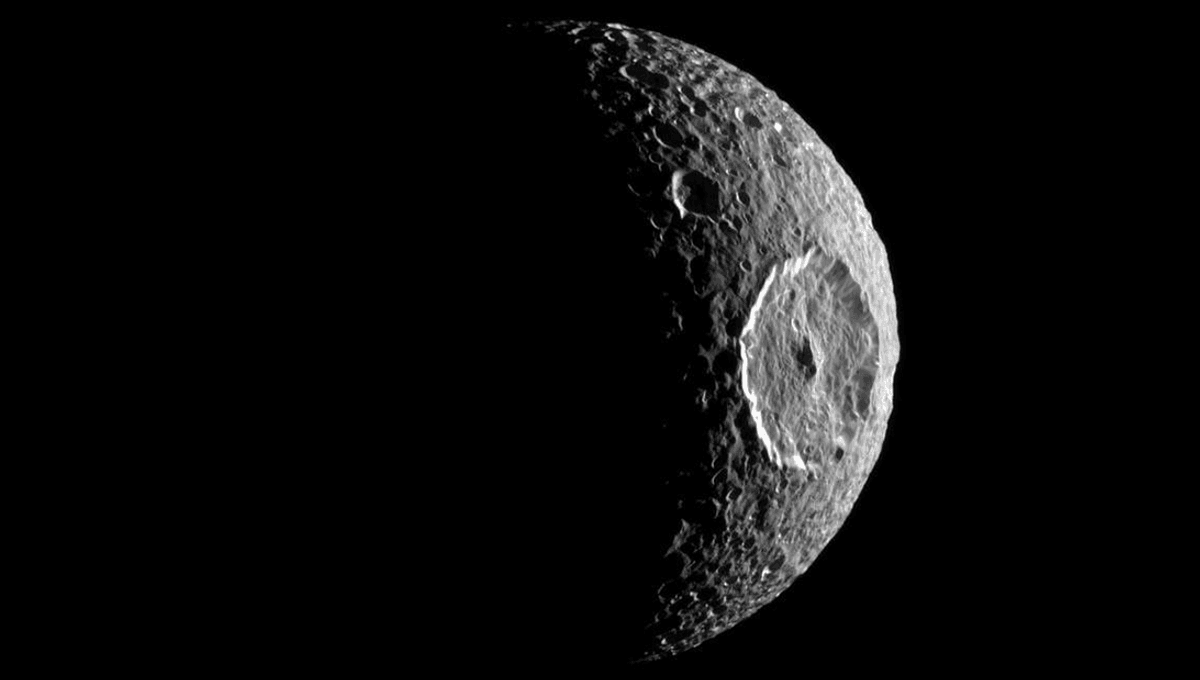
Saturn has taken an impressive lead in the “who has the most moons” race with Jupiter after the discovery of a further 128 natural satellites orbiting the gas giant.
ADVERTISEMENT
From 2019 to 2021, the Canada France Hawaii Telescope (CFHT) repeatedly monitored the space around Saturn for signs of moons and other objects. That first long run was worthwhile, with the team impressively finding over 60 moons. As well as this, they found a number of other objects that couldn’t be designated as moons at the time given the observations.
“With the knowledge that these were probably moons, and that there were likely even more waiting to be discovered, we revisited the same sky fields for three consecutive months in 2023,” lead researcher Dr Edward Ashton, a postdoctoral fellow in the Institute for Astronomy and Astrophysics at Academia Sinica, said in a statement.
“Sure enough, we found 128 new moons. Based on our projections, I don’t think Jupiter will ever catch up.”
That brings the total number of moons around Saturn to 274, nearly twice as many as all the other planets in the solar system combined. Jupiter, the closest competitor to the title of “most moons”, has a pathetic 95.
In part, the research was motivated by the weirdness of the moons of Saturn that were already known. The planet is surrounded by a large number of smaller moons, and a much smaller number of large moons. This suggested that there may have been a major collision in the Saturn system, breaking up large moons into smaller ones.
“These moons are a few kilometers in size and are likely all fragments of a smaller number of originally captured moons that were broken apart by violent collisions, either with other Saturnian moons or with passing comets,” Dr Brett Gladman, professor in the UBC department of Physics and Astronomy, added.
ADVERTISEMENT
The collision, according to Gladman, must have occurred within the last 100 million years. That’s pretty darn recent in astronomical terms. If it had taken place longer ago than that, the smaller moons would have collided with each other and smashed themselves to pieces, reducing the odd ratio of smaller to larger moons.
The team believes that they have found the likely collision source of the newly discovered moons, which were found near the Mundilfari subgroup of Saturn’s moons.
“These ‘irregular’ moons have retrograde orbits around Saturn — traveling around in the opposite direction from the planet’s rotation. Mundilfari and the other Norse moons also have eccentric orbits, meaning they are more elongated than circular,” NASA explains of the group.
ADVERTISEMENT
“Like Saturn’s other irregular moons, Mundilfari is thought to be an object that was captured by Saturn’s gravity, rather than having accreted from the dusty disk that surrounded the newly formed planet as the regular moons are thought to have done.”
The new moons have officially been recognized by the International Astronomical Union, the body responsible for recognizing new moons and naming them. While it’s great that we have found these new moons, don’t expect many more moons to be added to the total any time soon.
“Our carefully planned multi-year campaign has yielded a bonanza of new moons that tell us about the evolution of Saturn’s irregular natural satellite population,” Ashton added. “With current technology I don’t think we can do much better than what has already been done for moons around Saturn, Uranus and Neptune.”
Source Link: "I Don’t Think Jupiter Will Ever Catch Up": 128 New Moons Found Orbiting Saturn